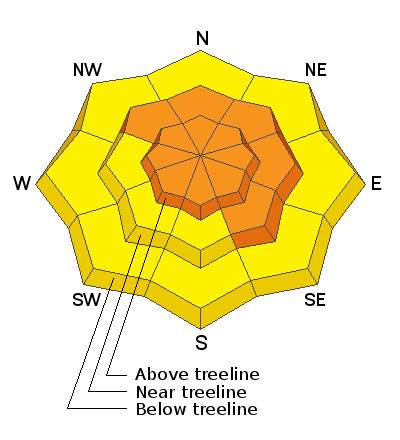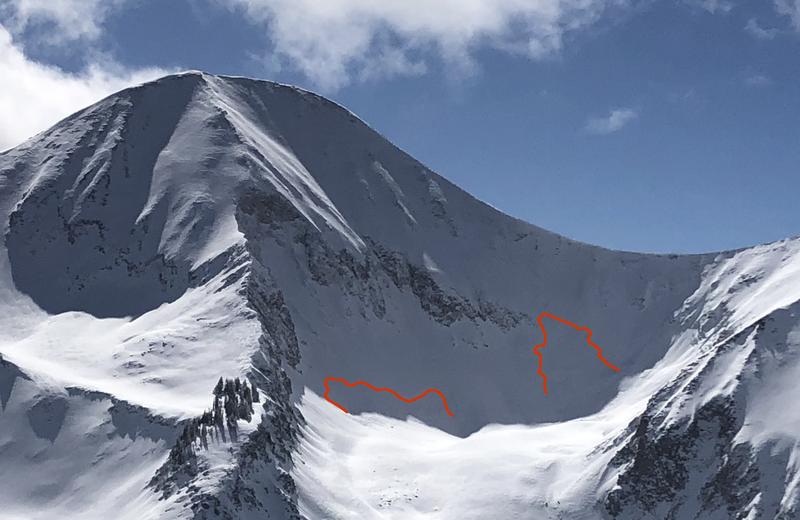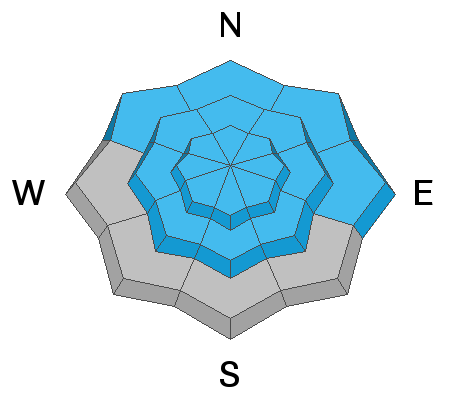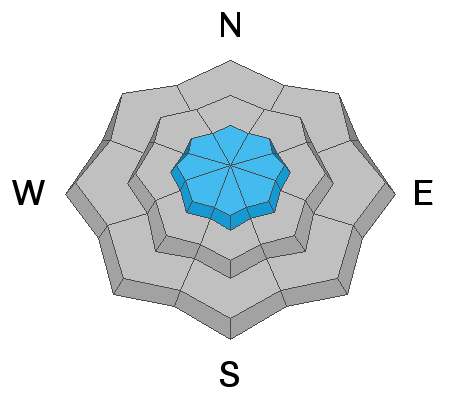The Geyser Pass Road was plowed on Tuesday, but 3"-5" of new snow has fallen since then. 4x4 with good tires is recommended.
The Lower Utah Nordic Alliance (LUNA) packed and rolled the lower meadow through Gold Basin yesterday.
24 Hour Snow 0" 72 Hour Snow 10" Base Depth in Gold Basin 52" Wind WNW 10-15 Temp 11F
Skies are cloudy, and WNW winds overnight have been mostly light except for about a three-hour period between 8:00-11:00 p.m. where they bumped up into the 20-25 mph range. A weak disturbance on a NW flow is currently passing by to the north. We should see some partial clearing later today as this system moves on followed by a similar system on Saturday. Again favoring points north, we shouldn't see much out of this beyond clouds, an increase in winds, and a slight chance for snow. Sunday and Monday look to be sunny and dry with long-range models not currently showing much on the horizon.
Snowpack Discussion
The good news is that conditions are as good as they've been all season and that cold temps and relatively well-behaved winds have preserved the fine powder snow. The bad news is that we have persistent weak layers of sugary faceted snow on most aspects, and the last two storm events have heaped a significant load of snow on top of these weak layers. Wind loaded, northerly aspects are the most likely areas to trigger deep, and dangerous avalanches, but you can also trigger avalanches on more southerly aspects. Avoidance of avalanche terrain or slopes steeper than about 30 degrees is the only sure strategy right now.
Conditions report from Thursday, Feb 18:
In our travels on Sunday, we observed these two natural avalanches from a distance beneath the N Face of Mount Tukuhnikivatz in Red Snow Cirque. Somewhat "pockety" in nature, they nevertheless had crowns up to 4' deep and could have easily buried or killed someone. Human-triggered avalanches such as this remain likely.
Charlie Ramser was up in Horse Creek Monday where he reported seeing this
avalanche.











